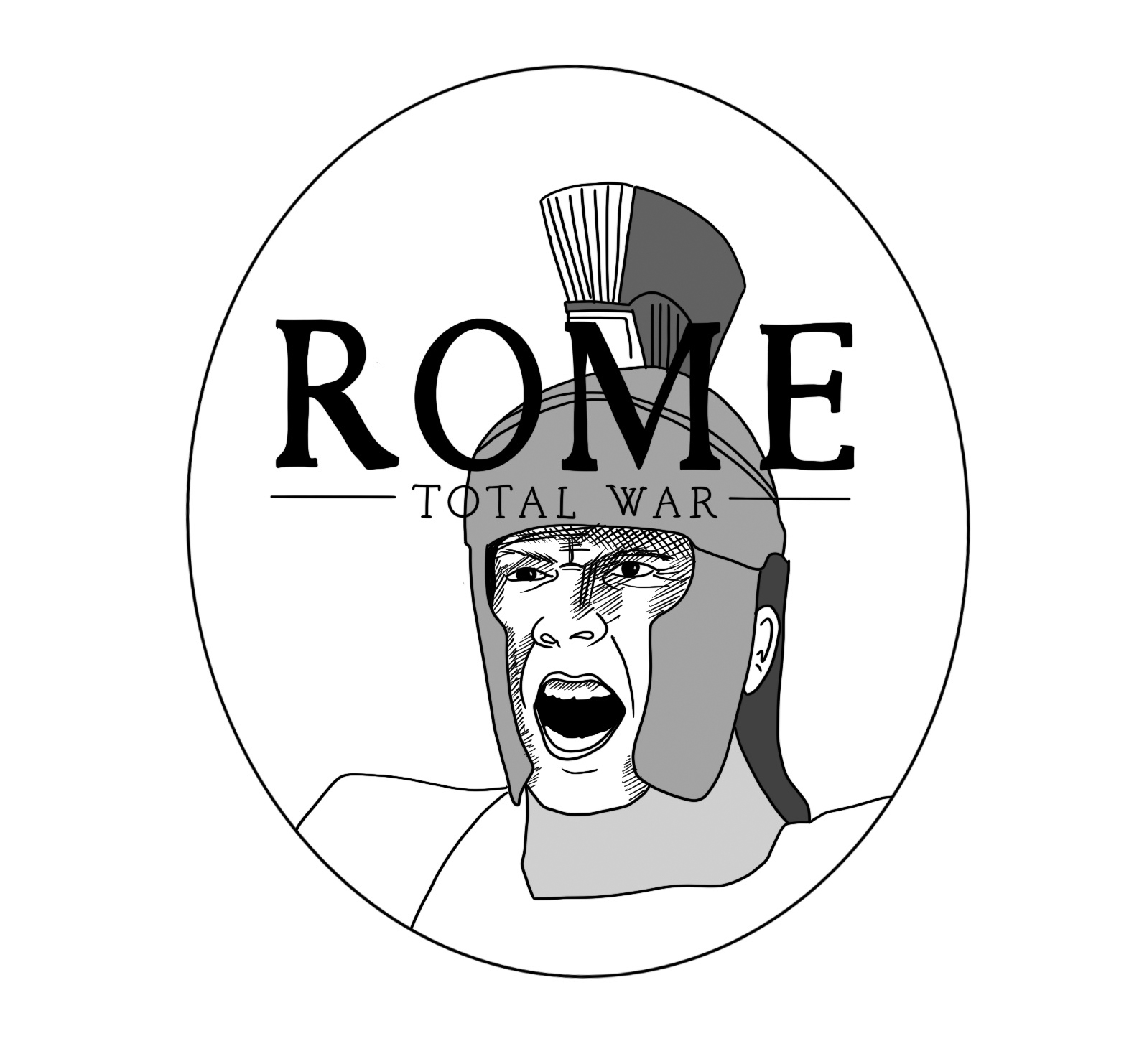Generalizations of turn-based video games
April 16, 2021
 Lily Anna Fullam
Lily Anna FullamTurn-based video games are direct descendants of board games and tabletop role-playing games such as Monopoly or Dungeons and Dragons. This video game genre includes classic series, such as Civilization and Total War, and their gameplay consists of players making set moves within a given turn. The computer-controlled factions promptly respond to the player on their turn. The genre is based on strategy and random number generation (RNG). While turn-based games are often viewed as a niche genre only accessible to PC players, many well-known action games are based on their rules.
A classic example of a turn-based video game is Rome Total War. Released in 2004, the game gives players control of a historical empire in the year 270 BCE. Each turn, a player can use the money they collect to build an army or improve resource collection in each town they control. When the player hits the “End Turn” button, the computer-controlled factions allocate their money to the towns in their empire. Eventually, the player will go to war with multiple other factions, as the goal of the game is to conquer Rome. Each turn can be as short as five minutes or as long as one hour.
On the opposite end of the spectrum are continuous games, such as Dark Souls (2011), which has players go from one area of the level to the next with very few bonfires (safe checkpoint areas) in between. Each level culminates in a boss battle, wherein the player has to fight a very difficult enemy. These fights can take upwards of six minutes and have no breaks. Even pausing the game doesn’t stop the boss from attacking the player.
However, at a micro level, Dark Souls boss battles are turn-based fights. The player has a set of options: “hit,” “dodge,” “use item” or “move.” The boss has a similar, less creative choice: it can choose one of its five to six attacks, or it can move and reposition. RNG controls which move the boss selects, and the player can choose their response accordingly. The fight is played through a rapid succession of moves. This is a much faster pace yet a similar style to Rome Total War. By choosing moves in Dark Souls, players are essentially playing their turn in Rome Total War. The only difference is the turn time in Dark Souls varies from less than a second to a few seconds. The amount of time for players to choose their action directly corresponds to how long it takes to counter the boss’ move and how quickly the player comprehends what the boss is doing.
The main difference here is the sequence of events. Video games considered turn-based are almost exclusively games where the player has unlimited time to move—every Total War game plays like this. On the other end of the spectrum are action and fighting games, where, at first glance, the interaction between player and computer looks to be simultaneous. The combat encounters are based in turns, yet the turn time becomes microscopic as the difficulty increases.
In multiplayer tournaments, the so-called boss is replaced by another human player, and the game becomes about minimizing their reaction time. Since there is no computer-controlled element, what was previously RNG controlled is now controlled by an even more unpredictable element—another player. The five seconds Dark Souls allows a player to move when a boss repositions their hulking body decreases to one second, as opposing players are much nimbler than the massive bosses.
The basis of turn-based games is the basis of the entire video game genre. The well-known turn-based video games show the medium’s ascent from its board game roots. Understanding how turns work in video games illuminates the next step in their evolution into the fast-paced action games we see today. The idea of a turn is a core idea in most games, and it is an idea that spans decades.

Comments
Before submitting a comment, please review our comment policy. Some key points from the policy: